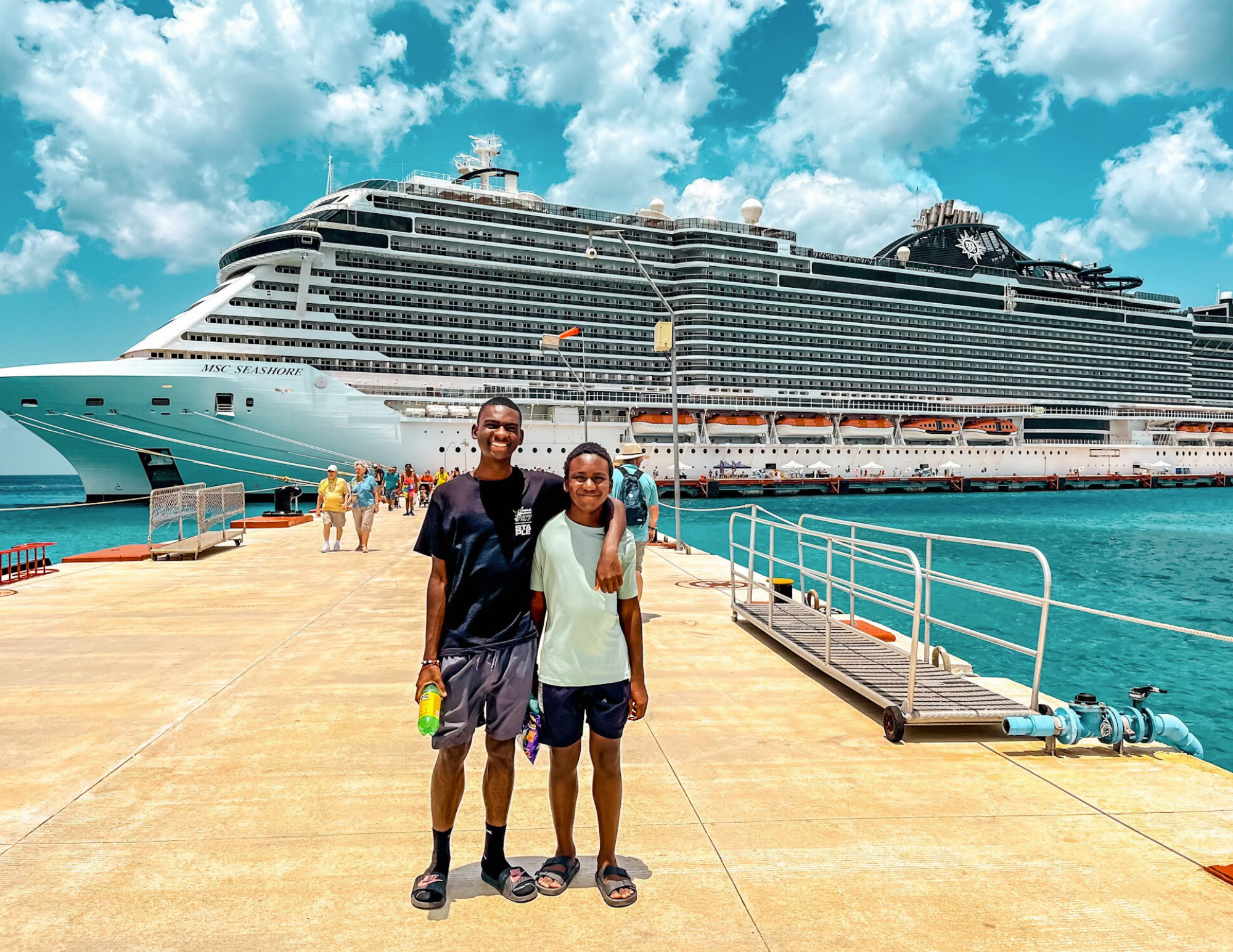What is a repositioning cruise?
A repositioning (“repo”) cruise is a one-way sailing used to move a ship between regions for the next season, think Europe ⇄ Caribbean, Alaska ⇄ West Coast, Asia ⇄ Australia. Expect more leisurely sea days and an embark/disembark in different ports. These typically happen during shoulder seasons when ships shift for warmer weather.
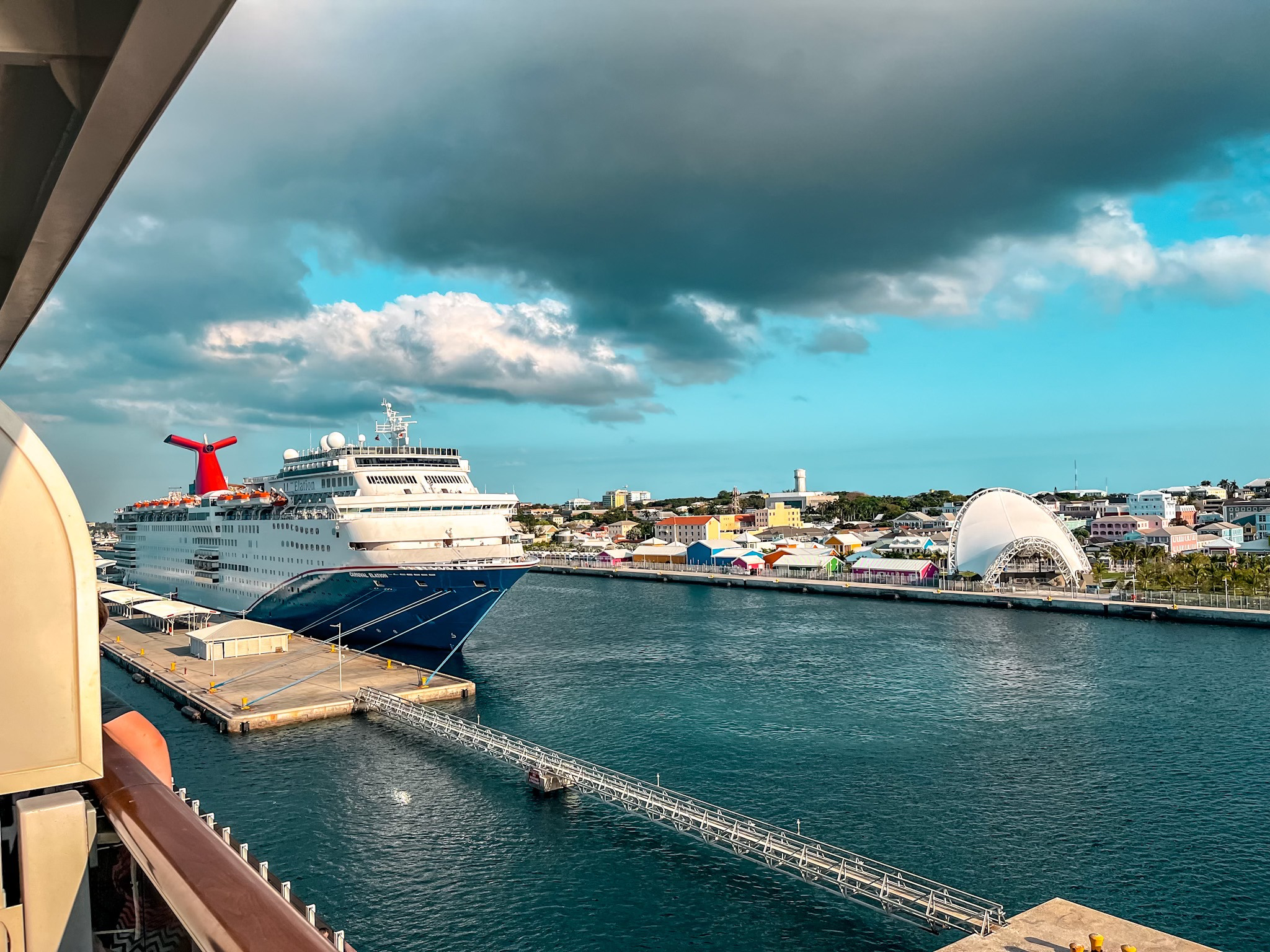
When do they run?
Most repo voyages cluster in spring and fall (e.g., Caribbean→Europe in spring; Europe→Caribbean in fall), with additional movements tied to Alaska’s short season and occasional transpacific moves.
Are they cheaper than regular cruises?
Often, yes. Because they’re one-way and sea-day-heavy (less demand), per-night fares are commonly lower than standard round-trips. Deals can be dramatic, industry trackers regularly highlight rock-bottom nightly rates on repo sailings.
How long are they?
Many run 10–20+ nights, but you’ll also see short 4–5 night coastal repos and epic 20–28 night crossings.
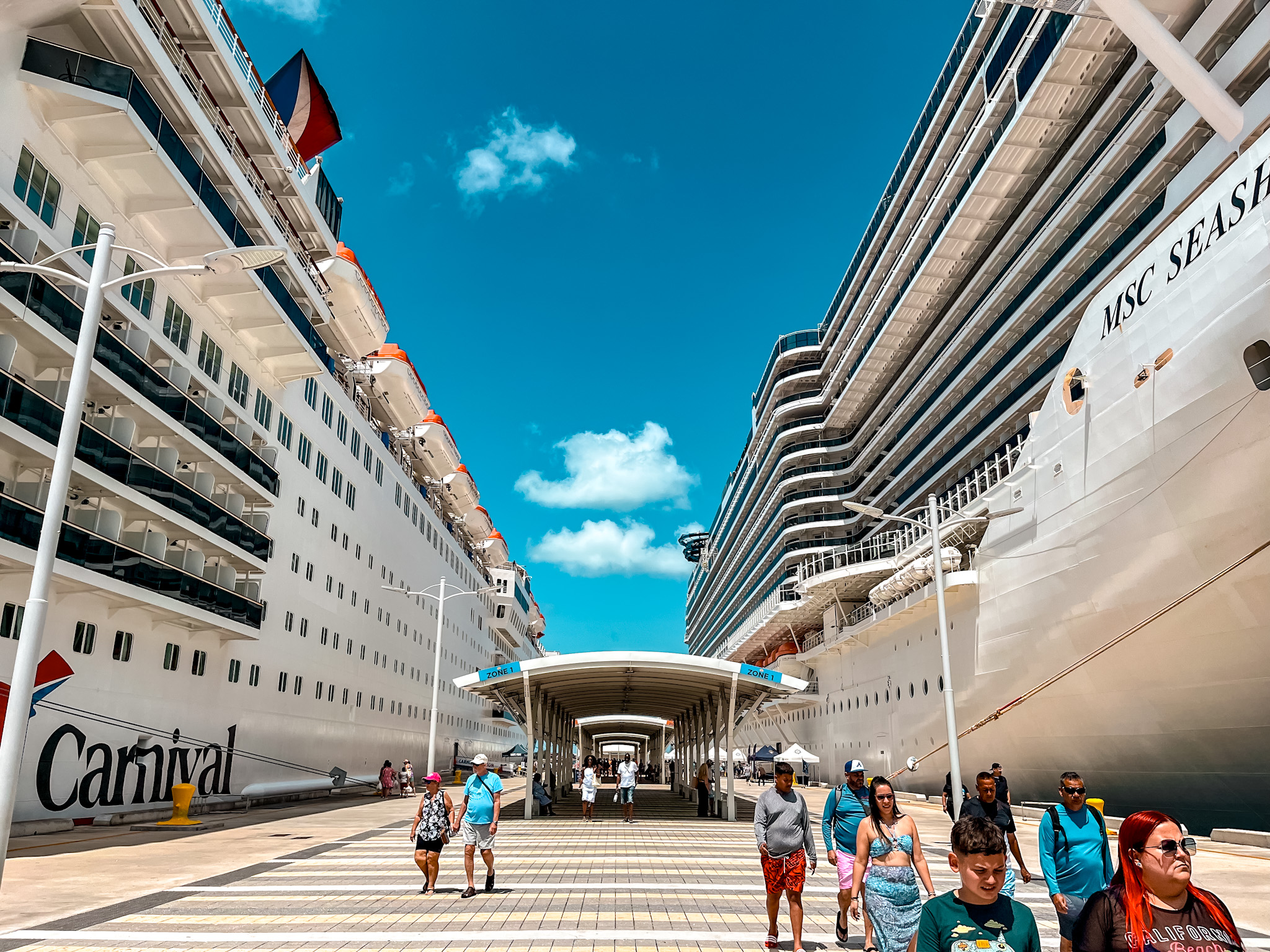
Booking strategy (save money + avoid gotchas)
Watch both windows: You can book early for the best cabin/location, or pounce late for deep discounts, last-minute repo deals are common (we’re talking very low nightly rates). The trade-off: flight prices can spike, so check airfare before you book the cruise.
Search by term: Not every site has a “repositioning” filter; try “transatlantic,” “transpacific,” or ask a cruise-savvy travel agent.
Popular routes (examples)
Transatlantic: Florida/Caribbean ⇄ Spain/UK/Med (spring & fall).
Panama Canal / Pacific Coast: Florida ⇄ California ⇄ Vancouver (around Alaska season).
Transpacific / Asia moves: North America ⇄ Japan/Australia/SE Asia.
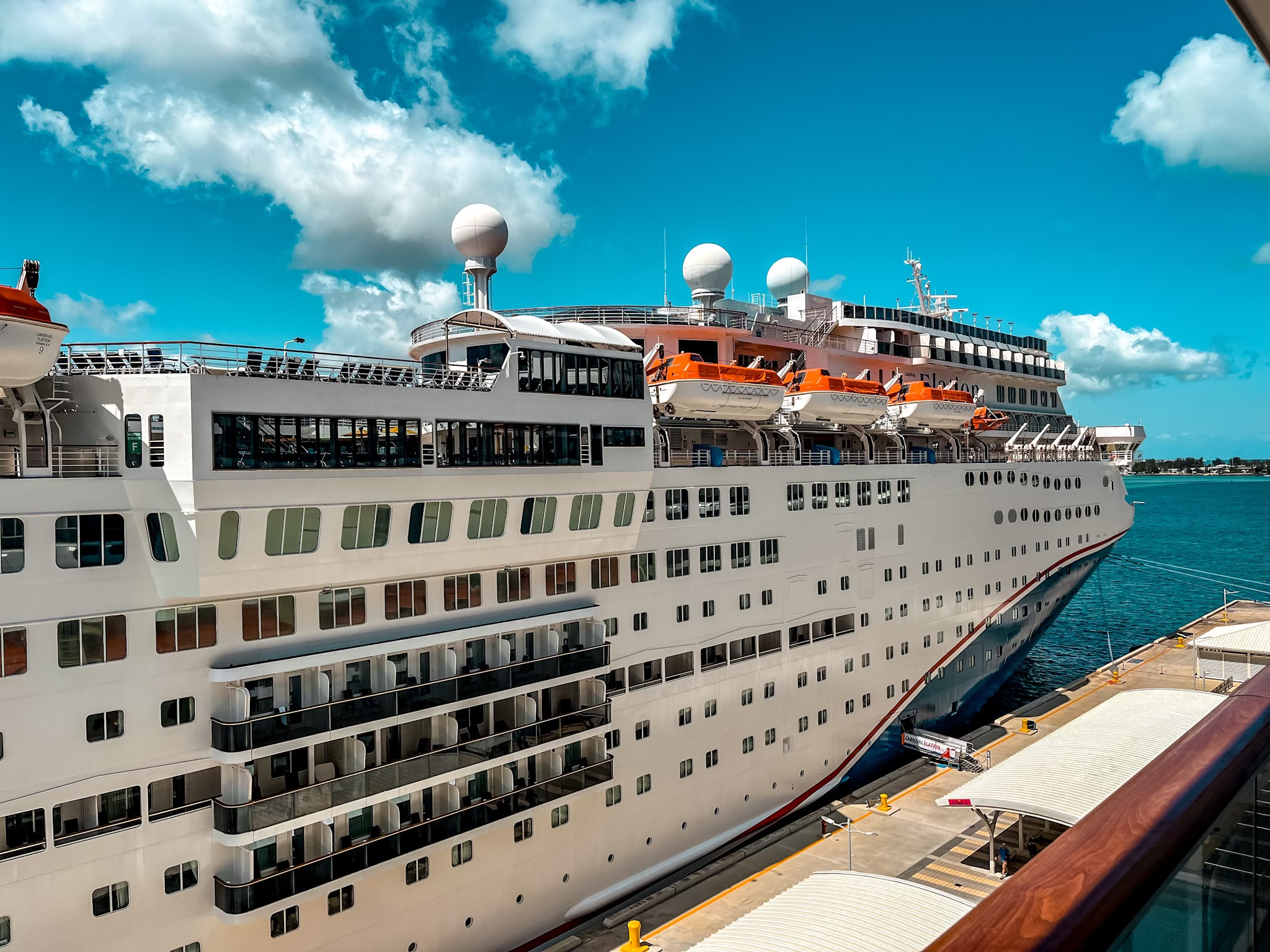
What to expect on board
More sea days = time to actually use the ship: lectures, spa, fitness, specialty dining, shows, reading, sunrise coffee on deck.
Fewer ports overall, make each stop count with pre-planned excursions.
Pros & cons
Pros
Lower per-night pricing vs similar-length round-trips.
Unique ports/regions on one trip; less “rush, rush” cruising.
Cons
One-way or open-jaw flights can erode savings, price those before you celebrate a bargain fare.
Sea conditions on long ocean stretches can be lively; bring motion-sickness remedies.
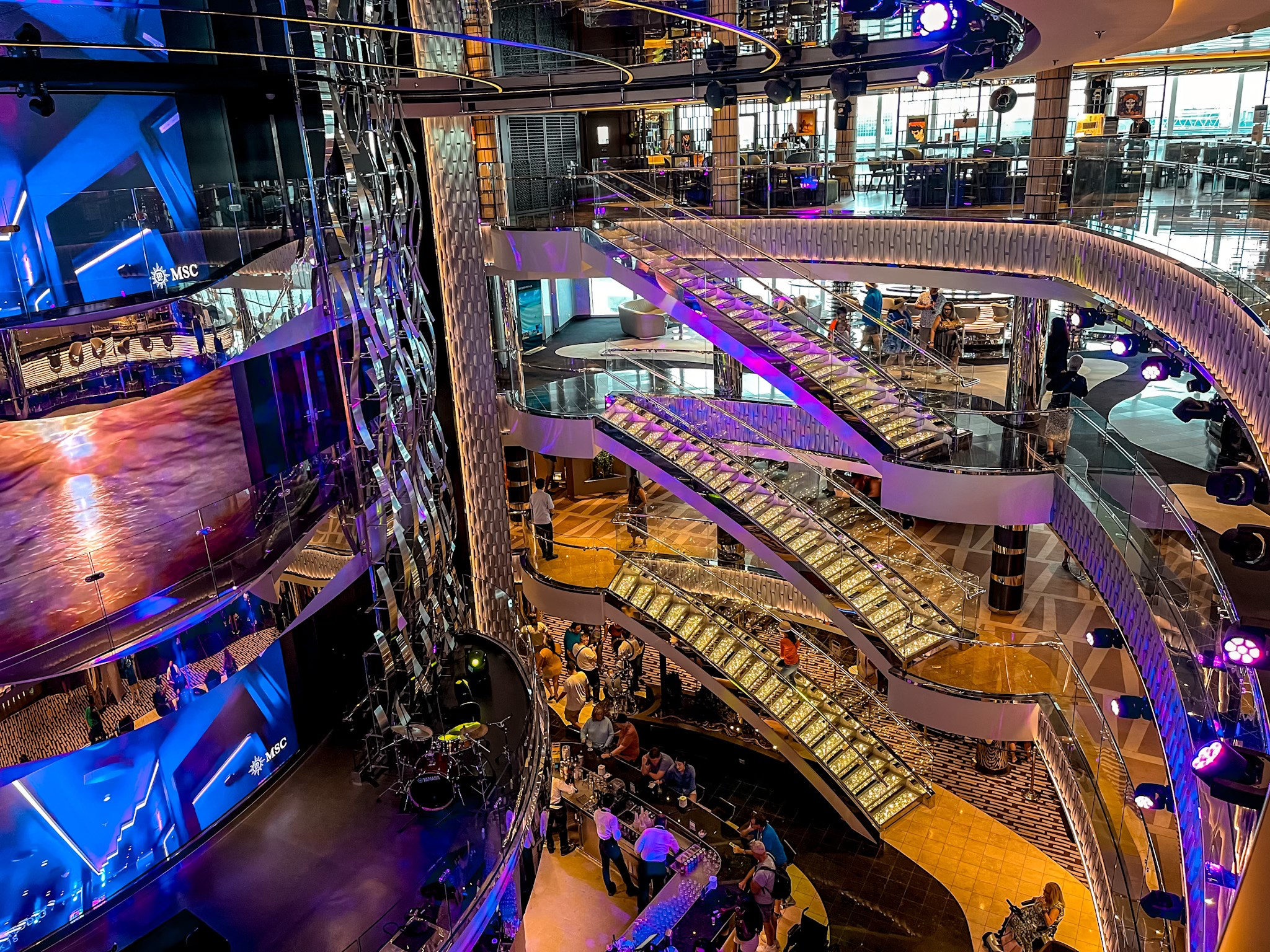
Docs, visas, and practicalities
Because repos are not closed-loop U.S. sailings, plan on a passport. Depending on your nationality and ports, visas or travel authorizations may be required, these are the traveler’s responsibility. Confirm requirements for every country on your itinerary before booking.
Who are repo cruises best for?
Travelers who:
Want to cross continents without flying (or with only one flight).
Love longer trips and slower days at sea.
Are flexible on dates/ports and can price-shop flights.
My take
If you’re chasing value, love sea days, and want a unique route, repos are a power move, and a gentle way to switch continents with far less jet lag.
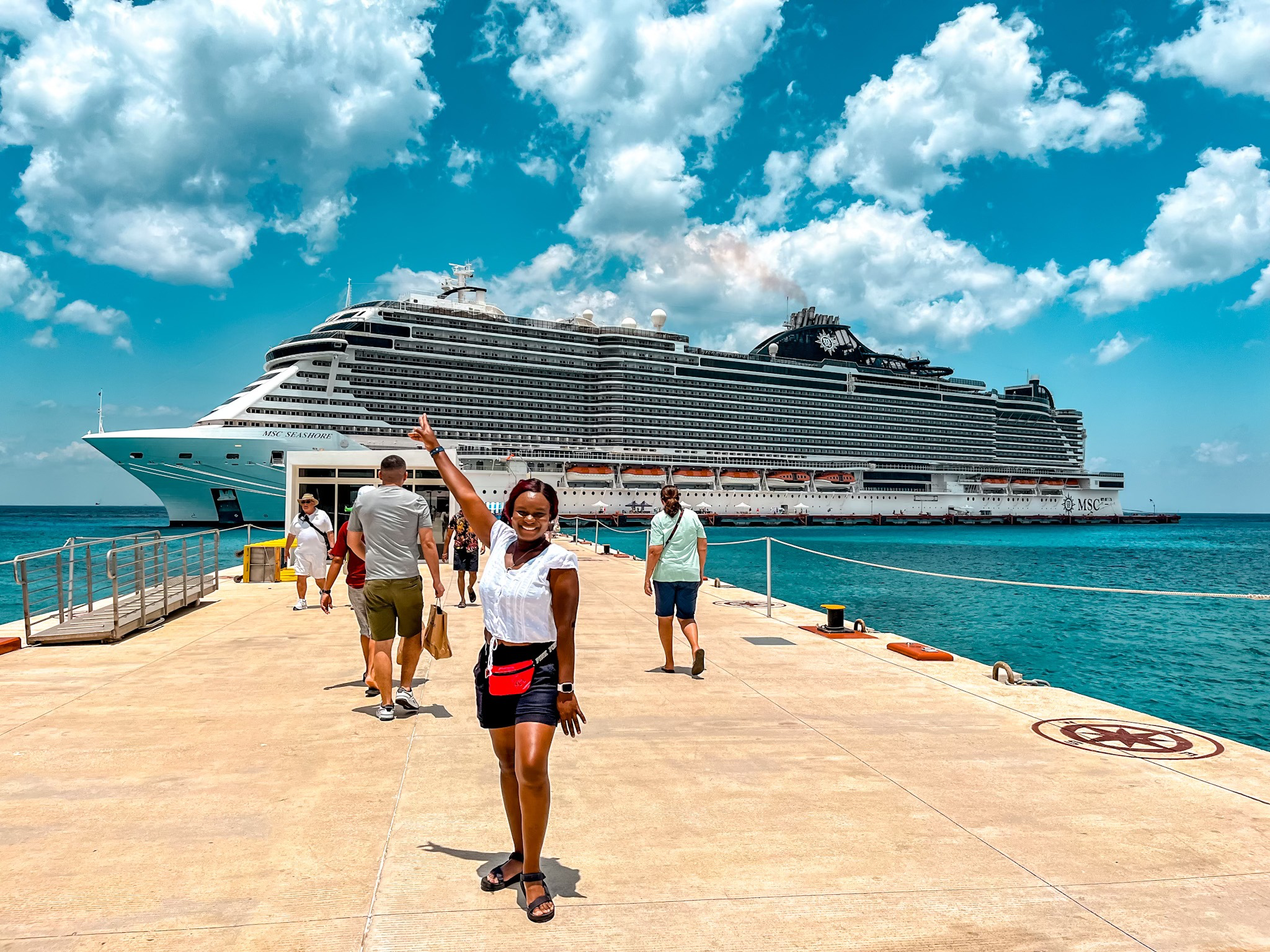
FAQs
Are repositioning cruises cheaper? Usually per-night, yes, because they’re one-way with more sea days. Always price flights, which can offset savings.
When is the best time to find one? Spring and fall, aligned to seasonal moves (plus around Alaska’s season).
How long are they? From 4–5 nights coastal to ~28 nights transoceanic; 10–20+ nights is common.
Do I need a visa? It depends on your passport and ports—check each country in advance.
